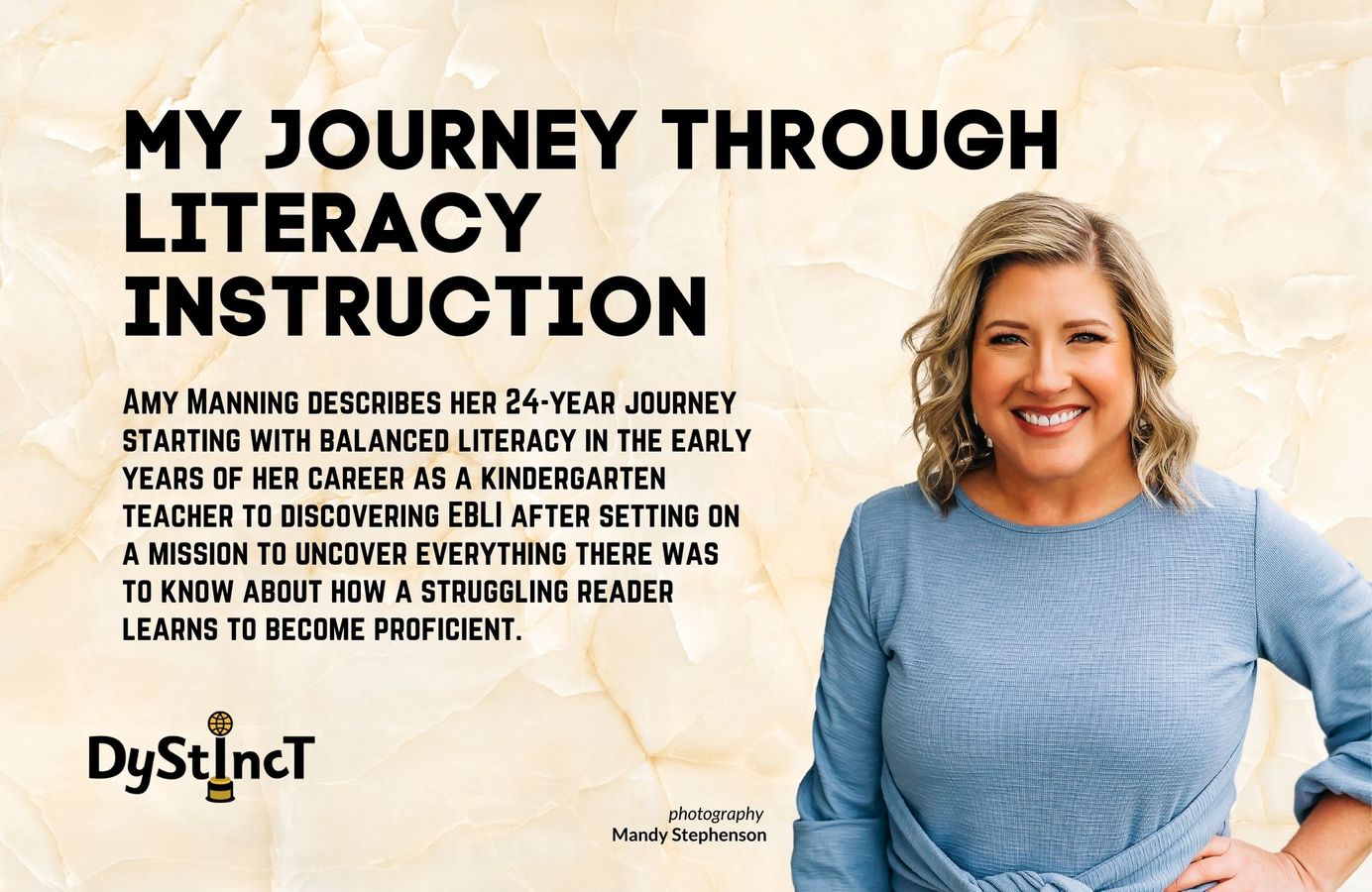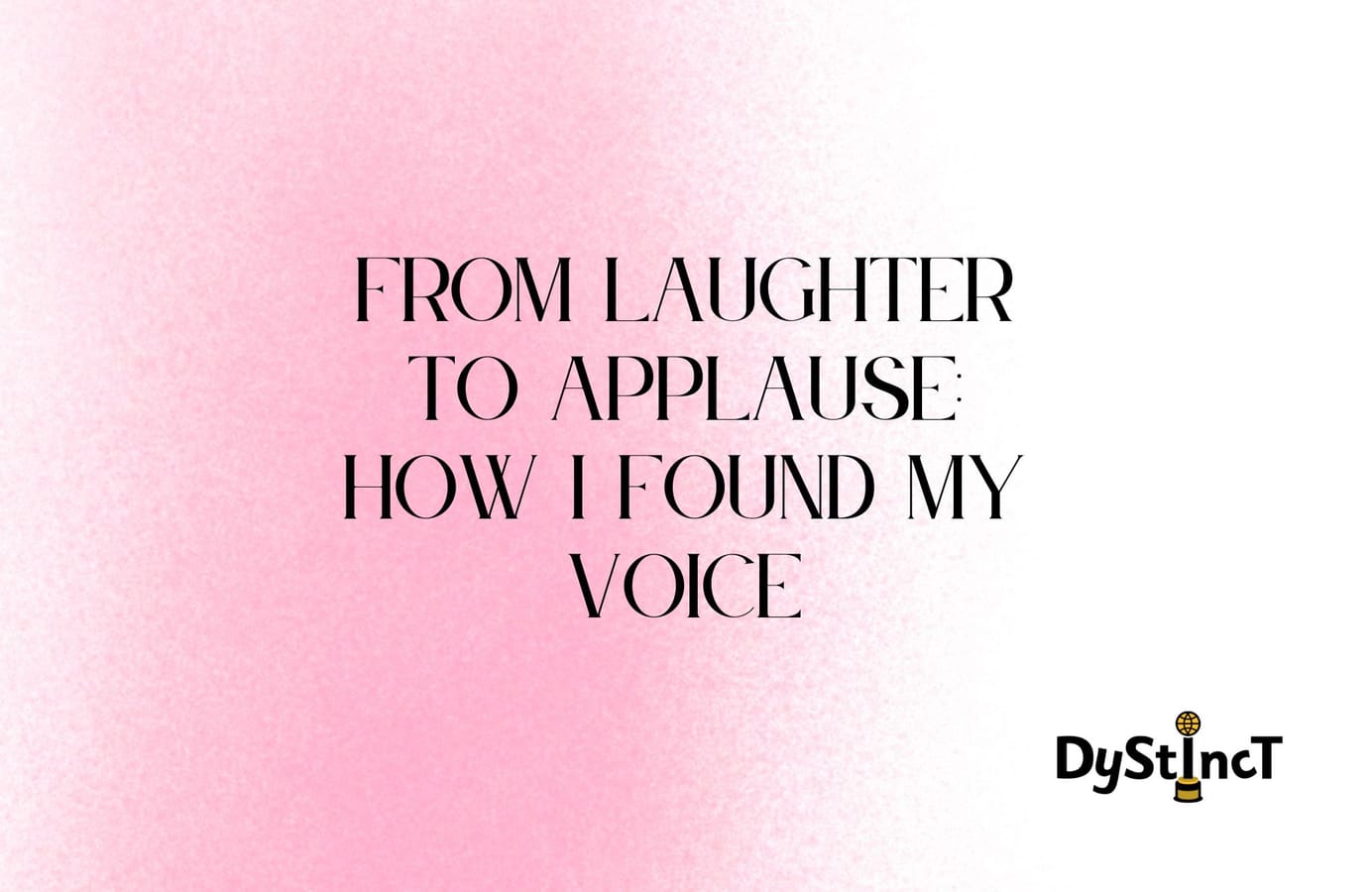
Issue 13: My Journey Through Literacy Instruction | Amy Manning
Amy Manning describes her 24-year journey starting with balanced literacy in the early years of her career as a kindergarten teacher to discovering EBLI after setting on a mission to uncover everything there was to know about how a struggling reader learns to become proficient.
This post is for paying subscribers only
SubscribeAlready have an account? Log in


